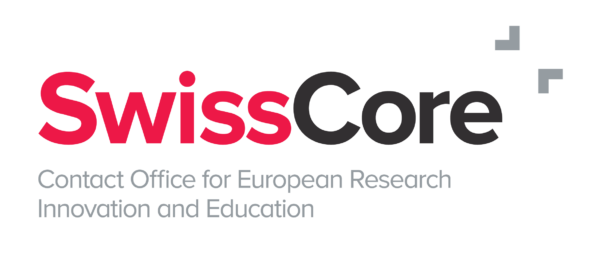The European Universities Initiative reveals persisting challenges for increased European collaboration in higher education due to fragmented regulatory systems as well as institutional differences.
The European University Association (EUA) assessed the situation and landscape of transnational cooperation of universities throughout Europe and thereby identified various challenges hindering the progress of the European Universities Initiative (EUI). Using evidence by the national rectors conferences collected via a survey in April 2022, conducting interviews and consulting previous reports on international strategic institutional partnerships and the European Universities Initiative (2020) and European university alliances’ governance models (2021) the EUA formulated a briefing document highlighting current challenges, with a special focus on the European university alliances and the regulatory situation.
Even though the EU aims for convergence in the university sector and the ongoing Bologna process led to improvements in that area, some difficulties for transnational collaboration persist at institutional as well as governmental levels. These mainly result from a restrictive legislative context and from differences in academic cultures among the involved institutions.
One of the most important challenges is the accreditation and quality assurance of joint programmes, which are at the heart of transnational university collaborations. While, in 2015, the EU education ministers adopted the European Approach for Quality Assurance of Joint Programmes, its implementation remains fragmented. This can lead to the situation that a joint study programme must be fully accredited from scratch when new collaborating universities join, even if the involvement of more universities is incentivised in the context of the European University Alliances. Furthermore, the structure of degrees and course credit systems is complicated. Even if degrees are now recognised across borders without problems, as well as the ECTS system widely implemented, major differences and especially difficulties for joint degrees remain – for example due to different national rules managing the awarding of degrees. While Bachelor degrees can vary from 180 to 240 ECTS, Masters can range from 60 up to 120 ECTS.
The language of instruction can be another problem for joint degree programmes, because even if in many systems universities are relatively free to choose the language in which classes are delivered, some have a variety of restrictions regarding foreign languages: Be that the constraint to justify non-national languages, the need for a specific rating of the study programme to offer non-national language courses, a limited number of study places for foreign language studies, or the restricted eligibility for public funding of foreign-language programmes.
Already for bi-institutional collaboration, differences in academic calendars between countries lead to difficulties in aligning study programmes, which worsen in multilateral projects like the European university alliances. Alignment is complex because, depending on the country, the decision for the academic schedule is made either by public authorities or the institutions themselves. The almost same situation presents itself looking at staffing and salary decisions. In only very few cases universities can decide on the salaries on their own, mostly they are set by public authorities. Furthermore, the ability to allocate funding internally differs highly throughout Europe, as well as the competence to sign contracts with residential or foreign third entities. Further, tuition fees are representing similar problems because regulations differ – in some countries universities can set tuition fees themselves, in some these are set by public authorities. This can lead to differences of fees in the same joint degree programme depending on the country of entry.
One of the most important aspects highlighted by the briefing report is the extremely complex funding landscape for European universities, both at national and European level. Because of the multiplication of small-scale income sources, which are often timebound, earmarked or performance-based, universities have to invest more resources in financial management. In this sense, European funding streams are a relevant income source. Regarding this aspect, better alignment and simplification of funding instruments as well as funding rules on national and European level across Europe matter.
The report covers challenges occurring in various settings of transnational collaboration activities of universities – but also includes a part specific to EUI actions. In this context, it points to two existing EUA publications from 2020 (International strategic institutional partnerships and the European Universities Initiative) and 2021 (The governance models of the European University Alliances). These identified already four clusters of potential challenges – purpose, implementation, funding and governance – to which the highlighted aspects of the current report can be attributed as well.
While the EUI has an impact on national level reform discussions, this impact remains highly diverse and rather small. In general, national systems become less restrictive for transnational cooperation and allow more academic autonomy but effective change remains rare, especially because some problems occurring for alliances are solved by exceptions from regulations, without a system change.
In conclusion, the report states that many challenges and obstacles for transnational university collaboration persist and only few improvements of regulatory frameworks could be observed. EUA sees the need for a wider systematic identification and examination process to allow classification of challenges and assign them to the different levels they should be tackled at. They ask for a change in the approach of dealing with problems: before new tools are introduced, existing ones should be better and more widely implemented, based on the already existing achievements of Bologna and European Research Area.

